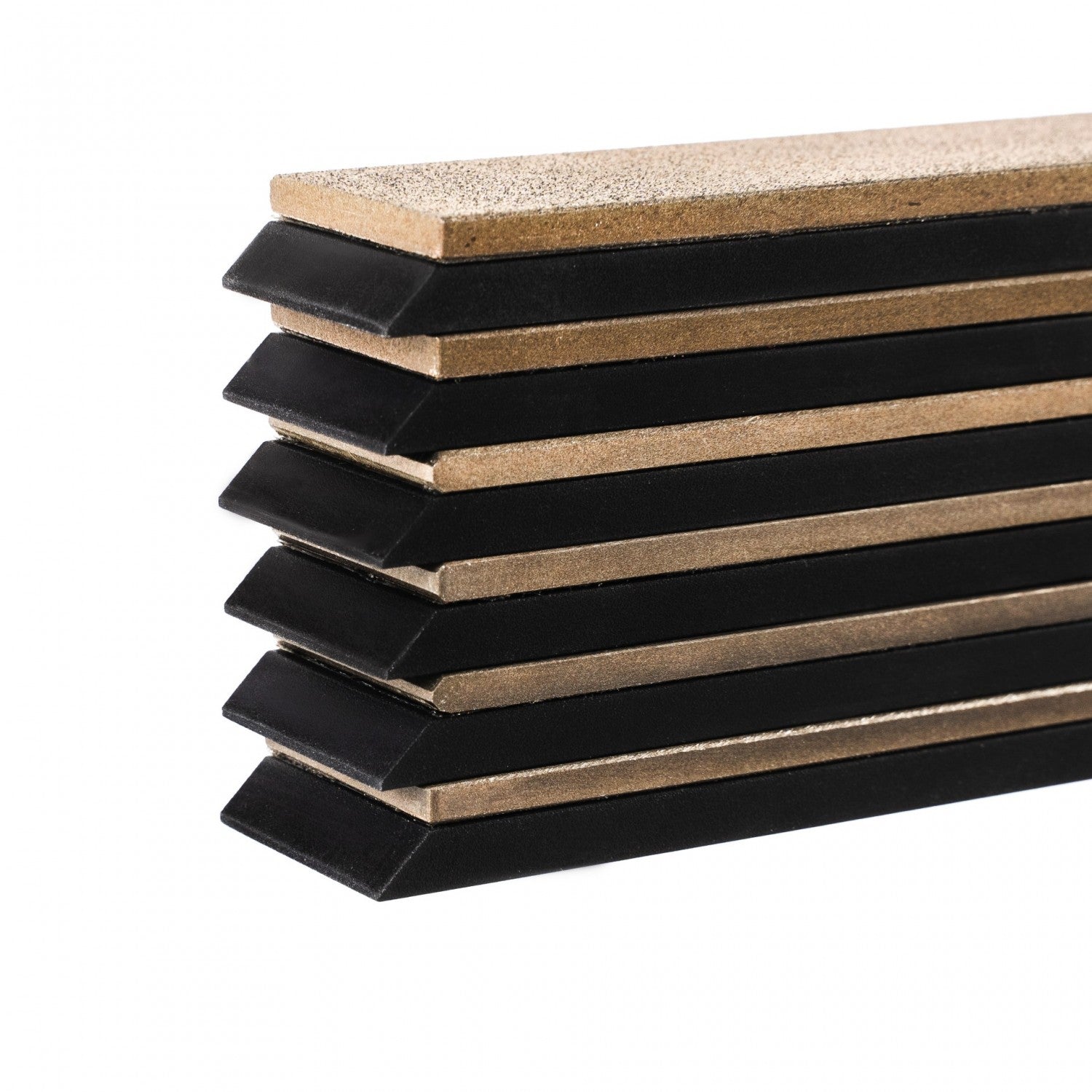- Joined
- Dec 30, 2023
- Messages
- 185
Hey folks,
I’m thinking about trying the Hapstone Premium CBN stones. Mainly as a more cost effective alternative to Venev metallic or Poltova. It looks like those stones still have the square ended backing plate. The stone holder of my Kadet pro already has the groove on one side, so that any EP form factor stones fit really well. Would the square ended stones still connect as securely?
I understand that “back in the day” all the Tsprof models fit those better, but as securely as the new upgraded version holder?
Thanks for letting me pick your brains again, guys.
I’m thinking about trying the Hapstone Premium CBN stones. Mainly as a more cost effective alternative to Venev metallic or Poltova. It looks like those stones still have the square ended backing plate. The stone holder of my Kadet pro already has the groove on one side, so that any EP form factor stones fit really well. Would the square ended stones still connect as securely?
I understand that “back in the day” all the Tsprof models fit those better, but as securely as the new upgraded version holder?
Thanks for letting me pick your brains again, guys.

